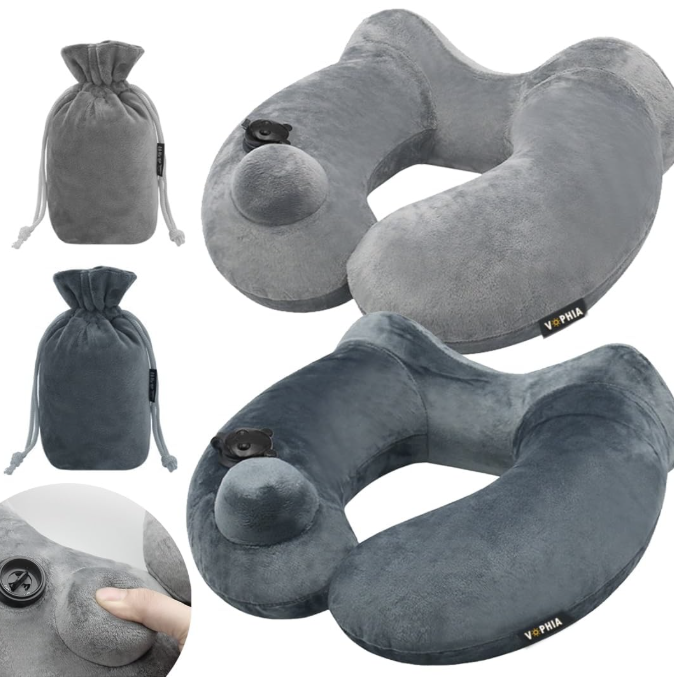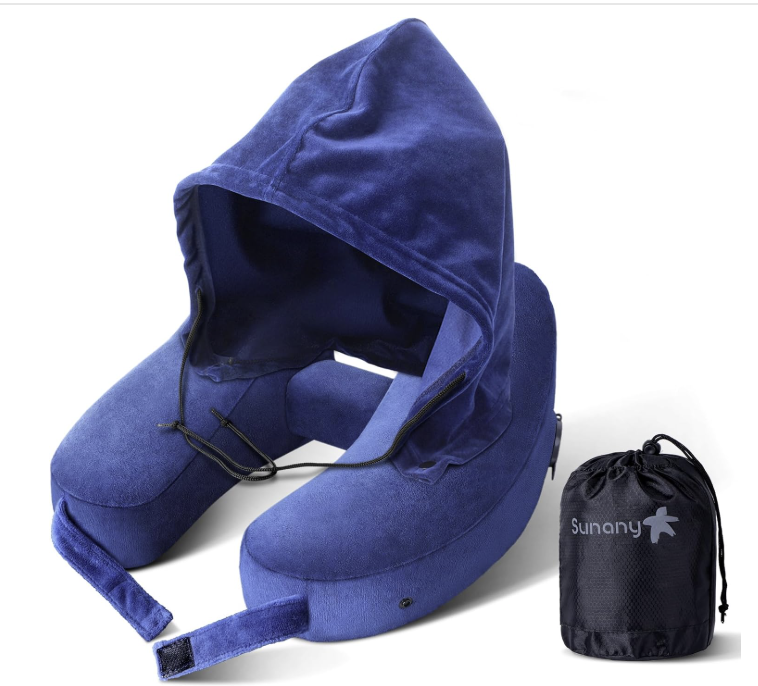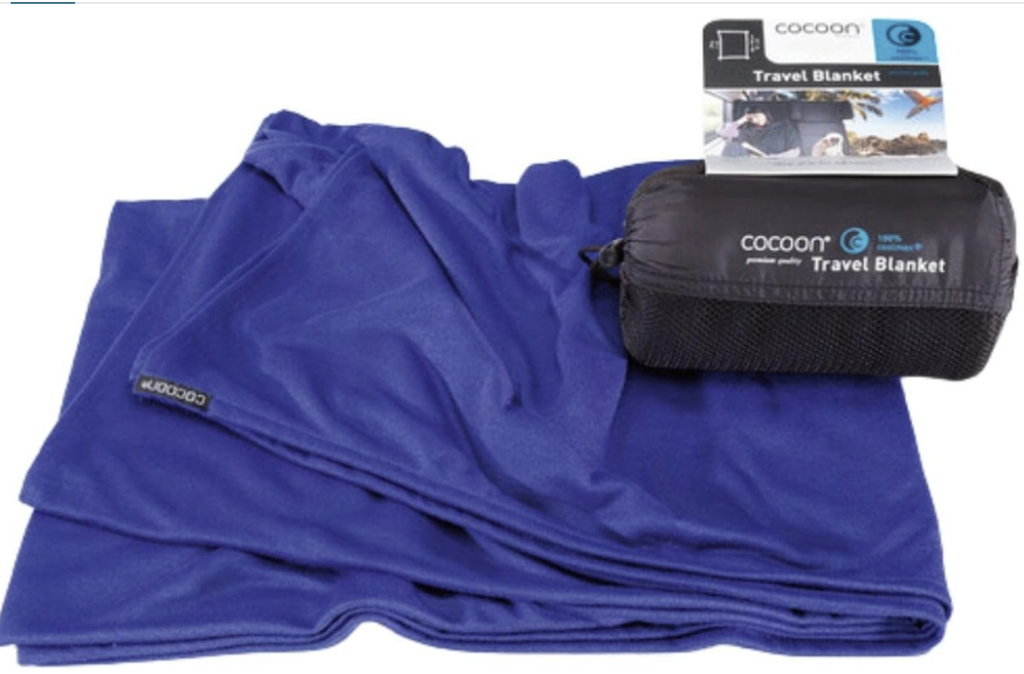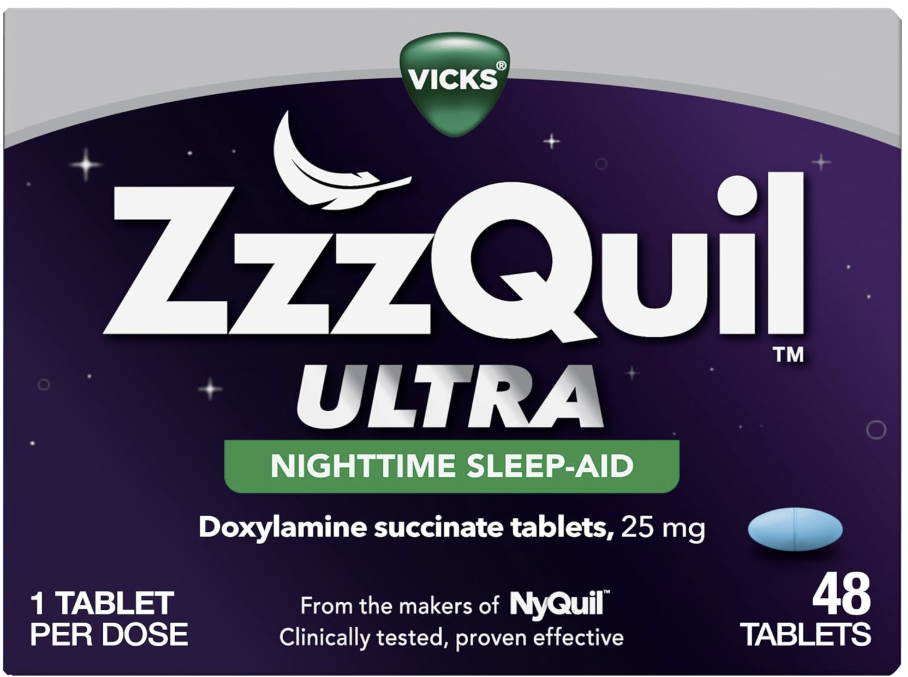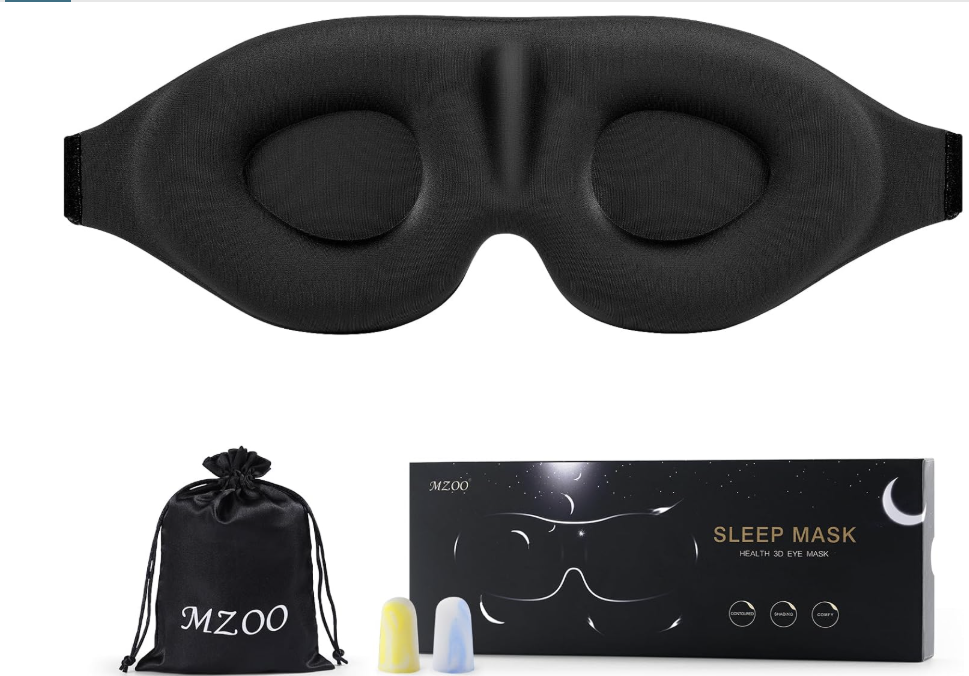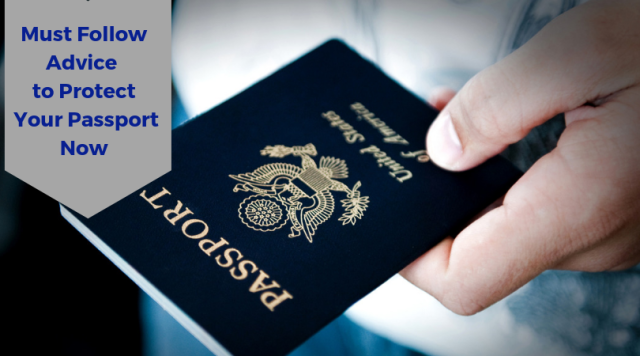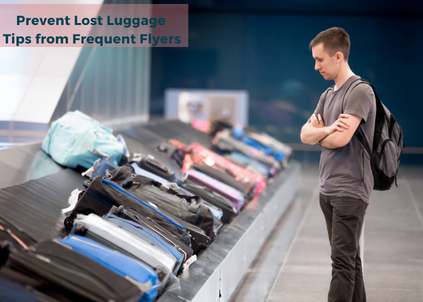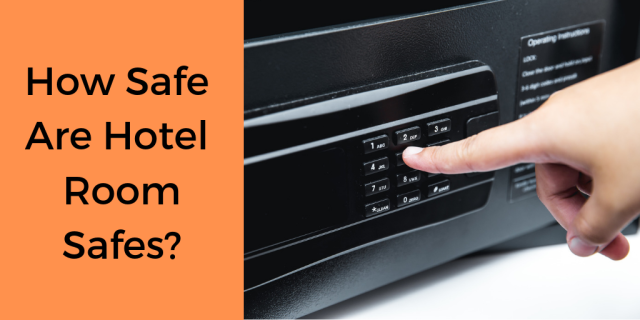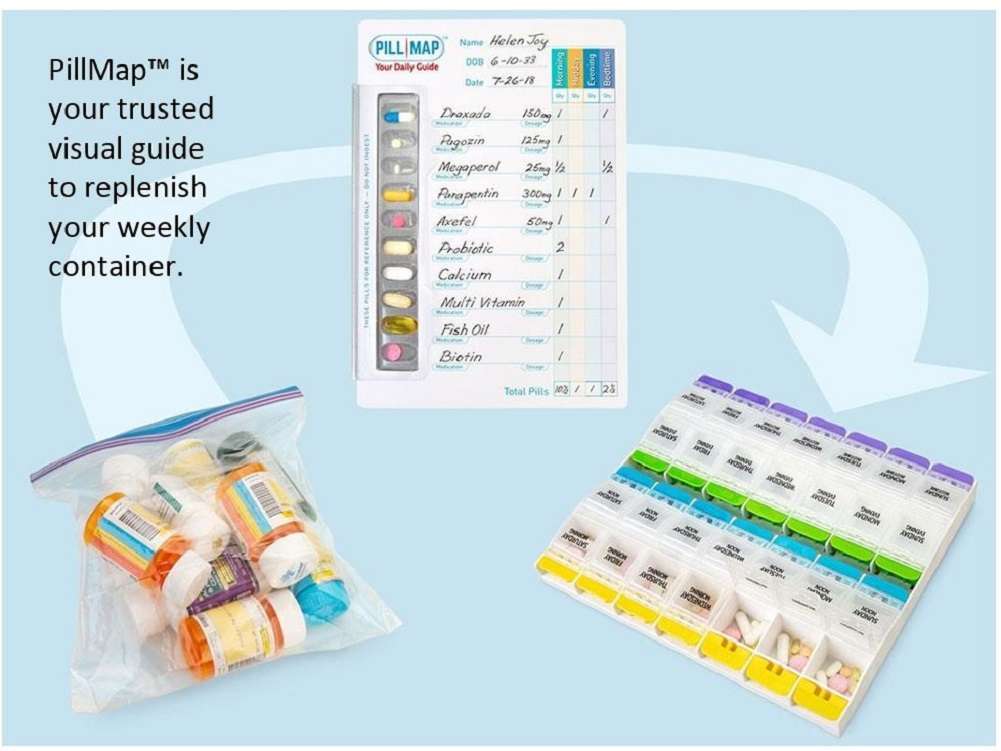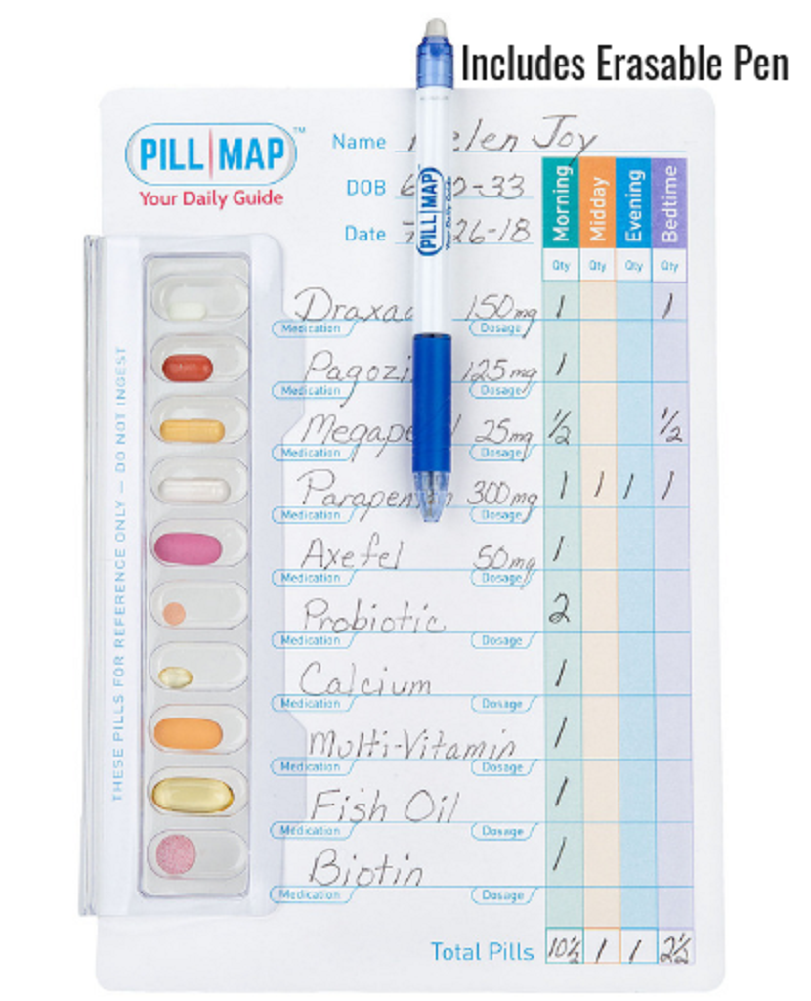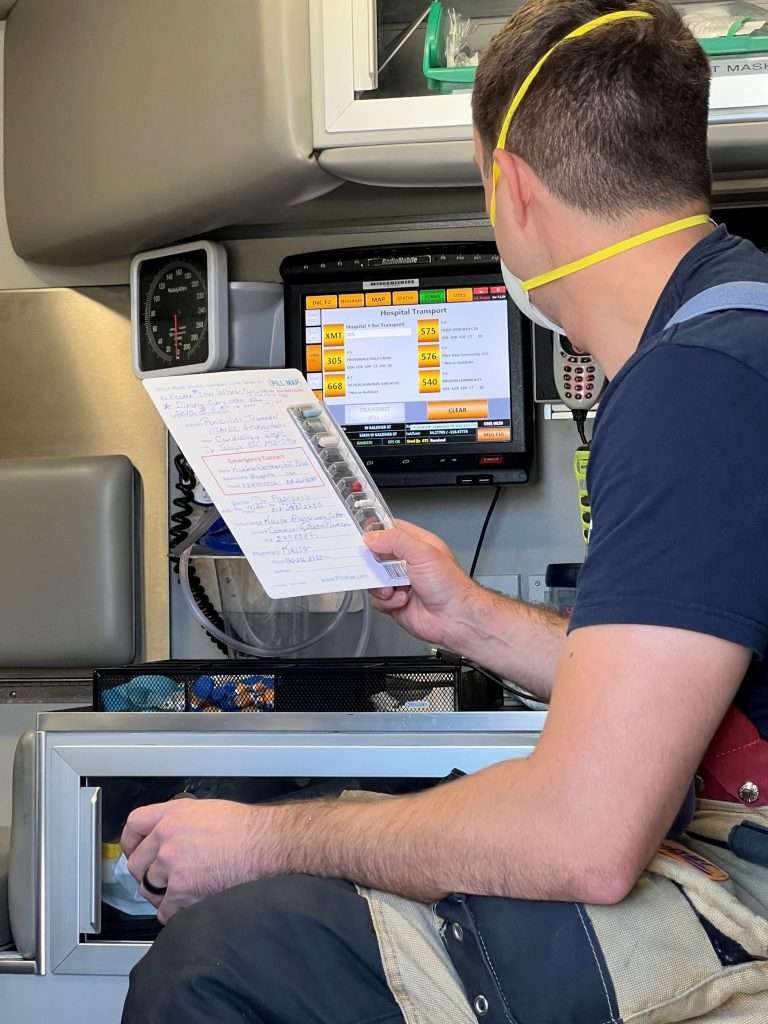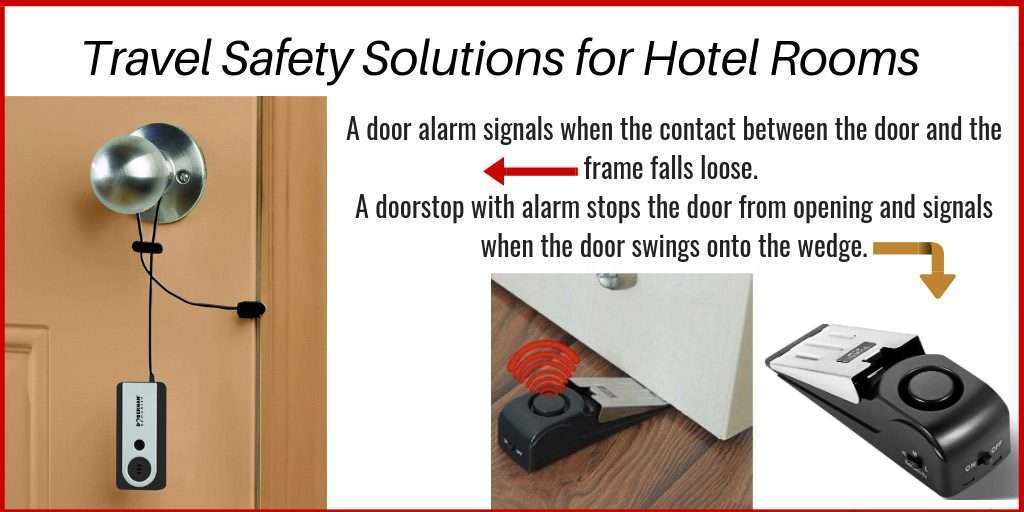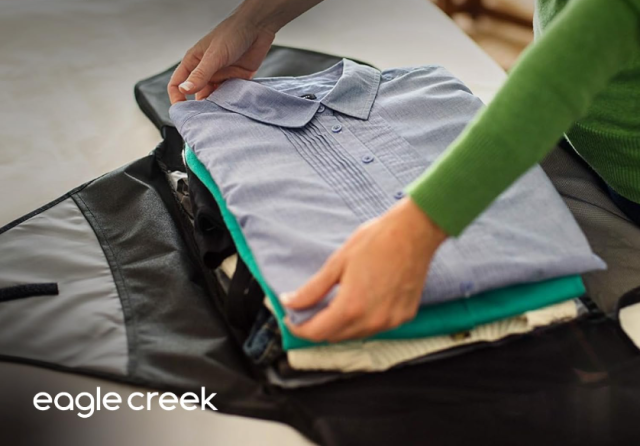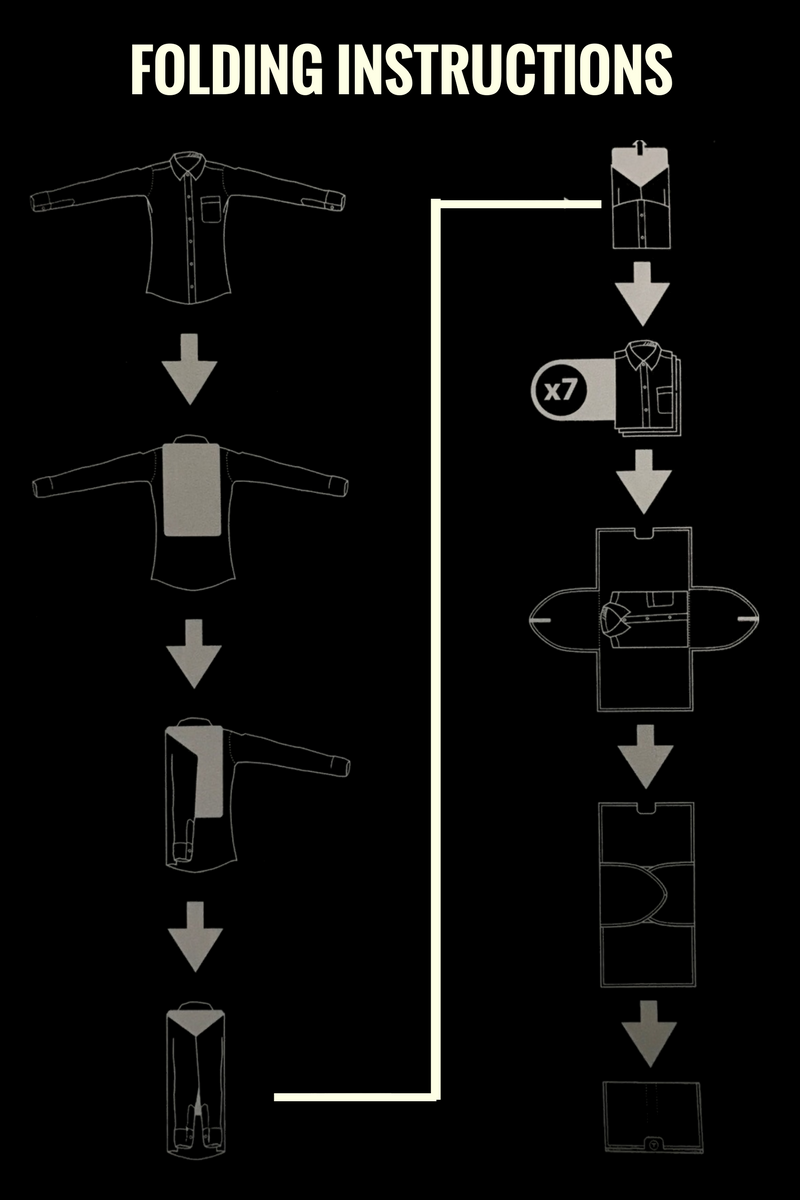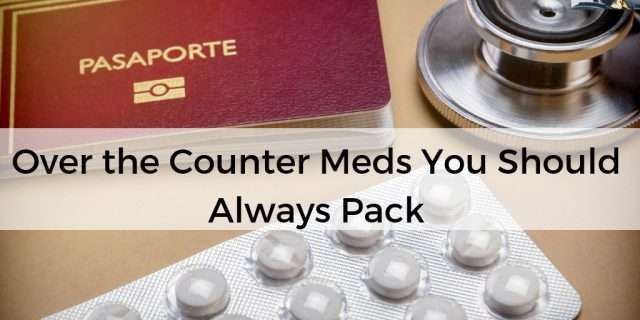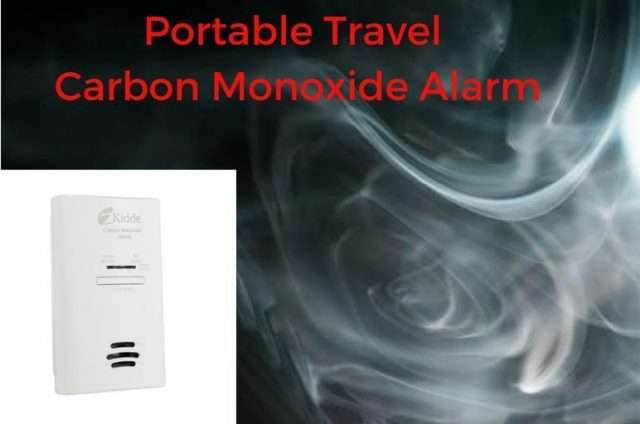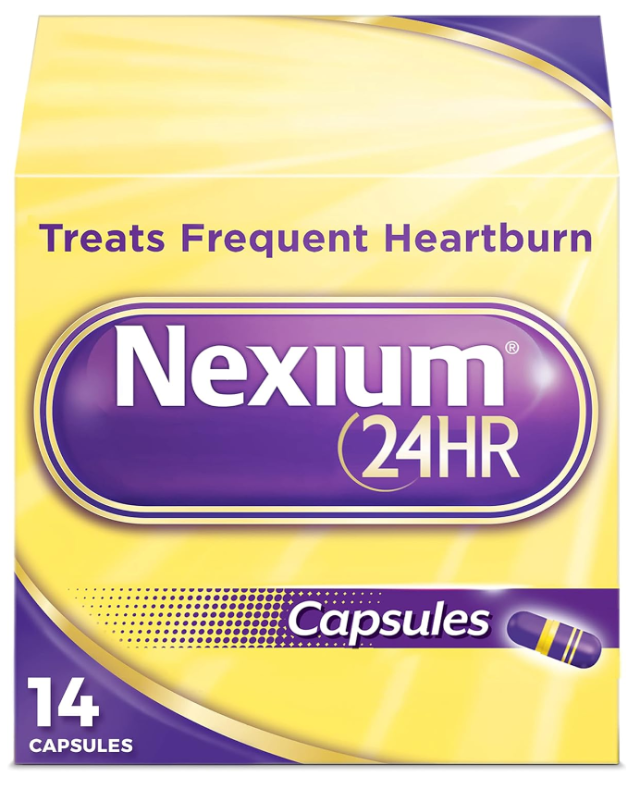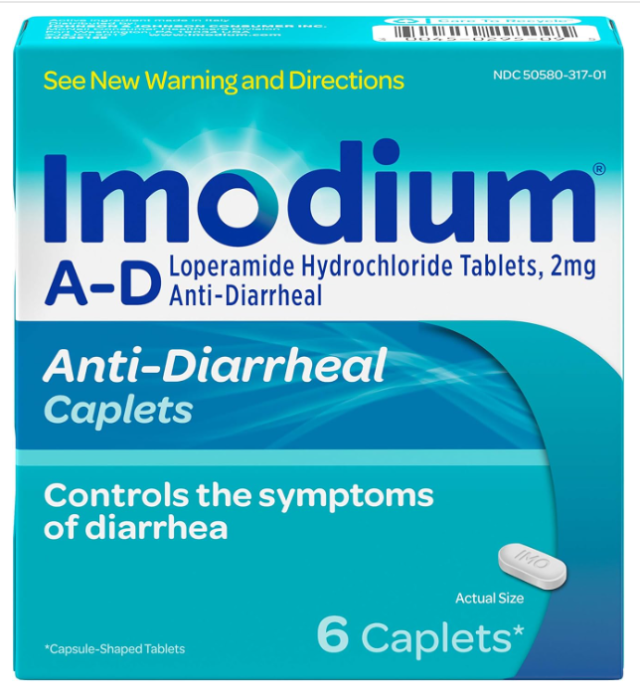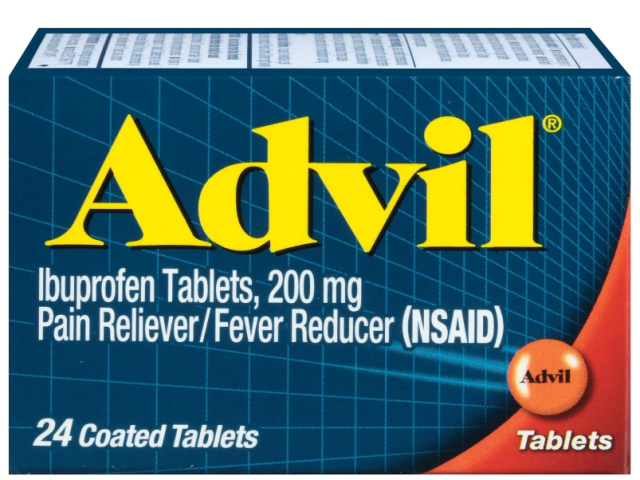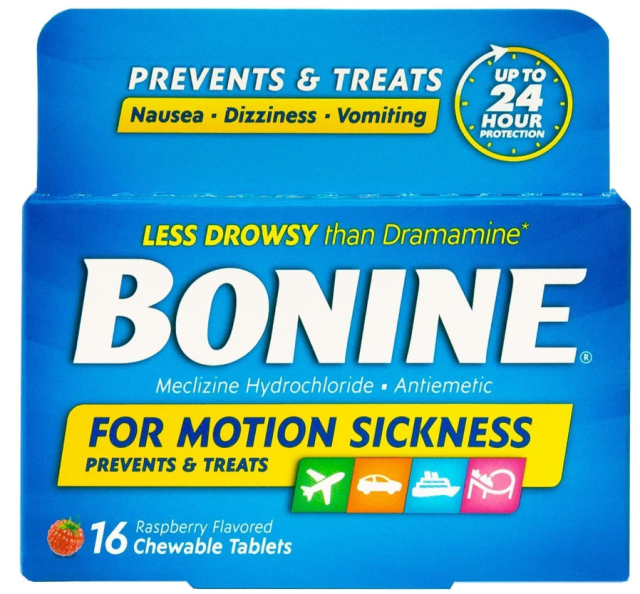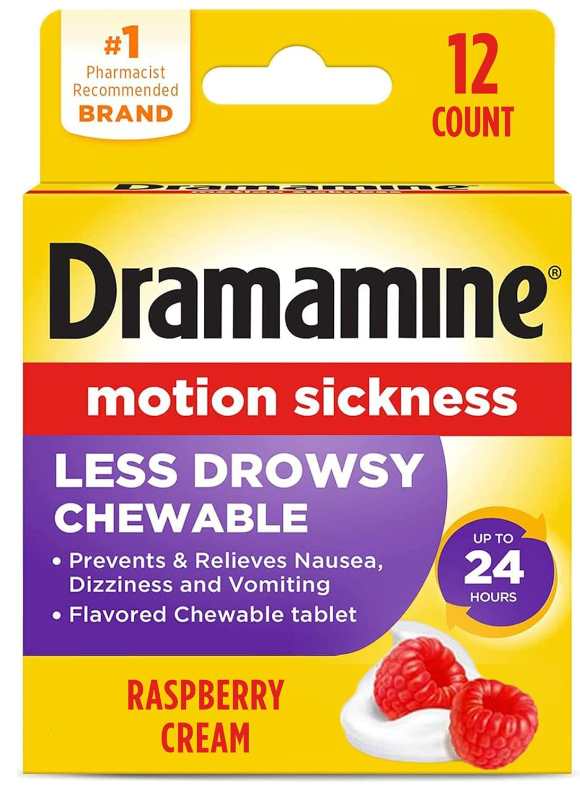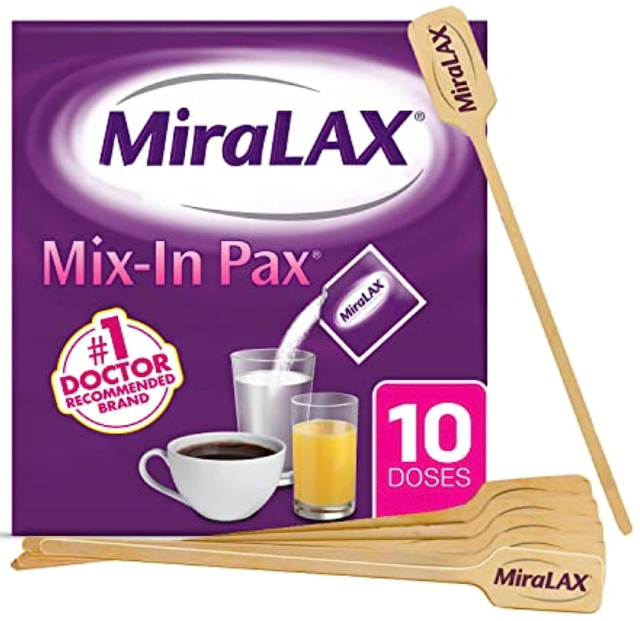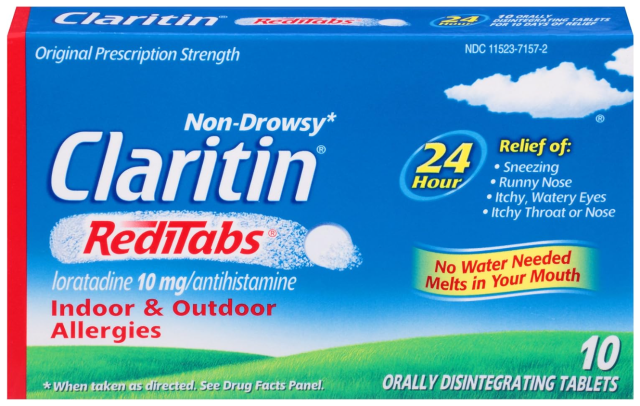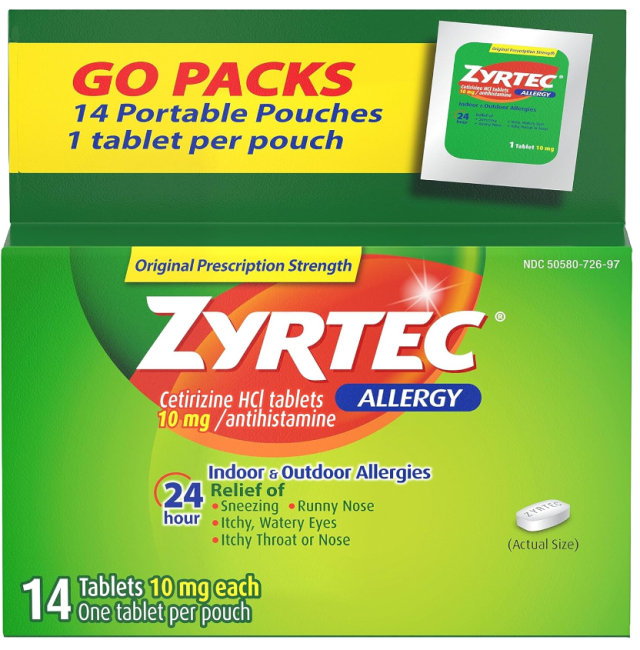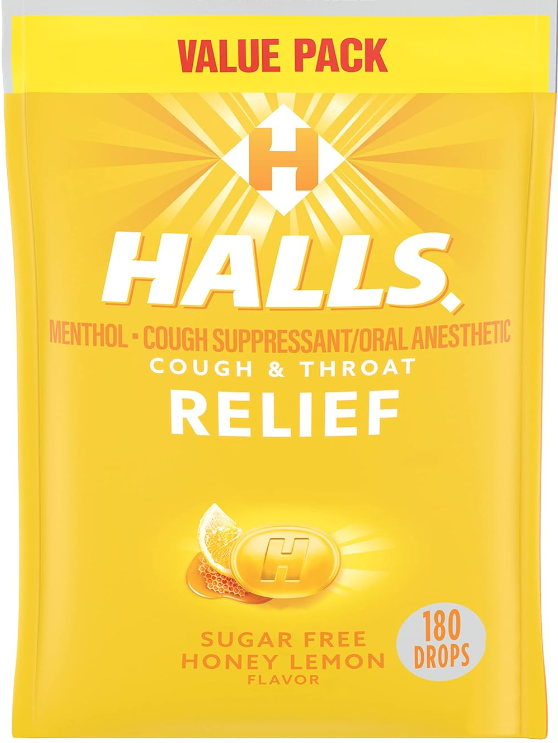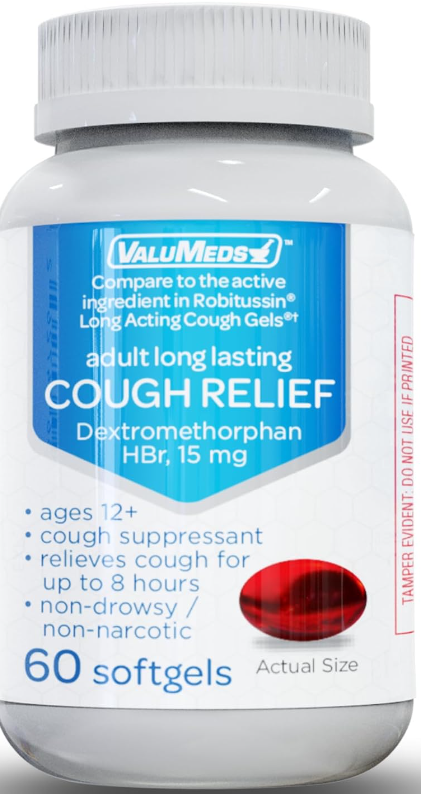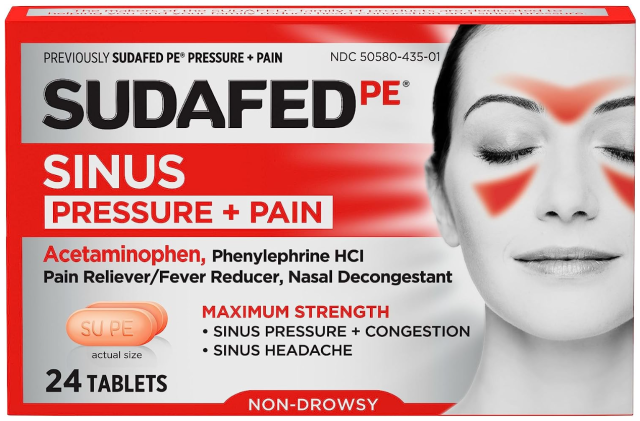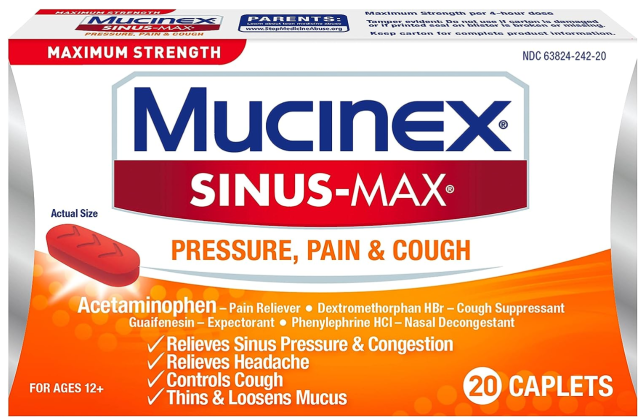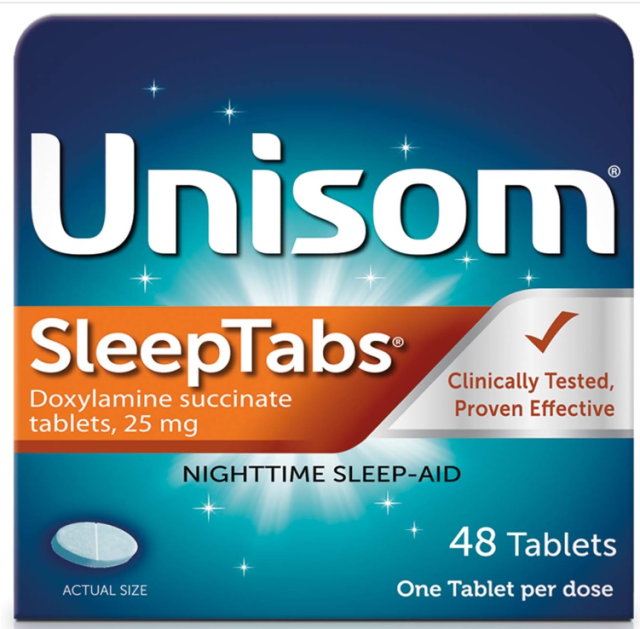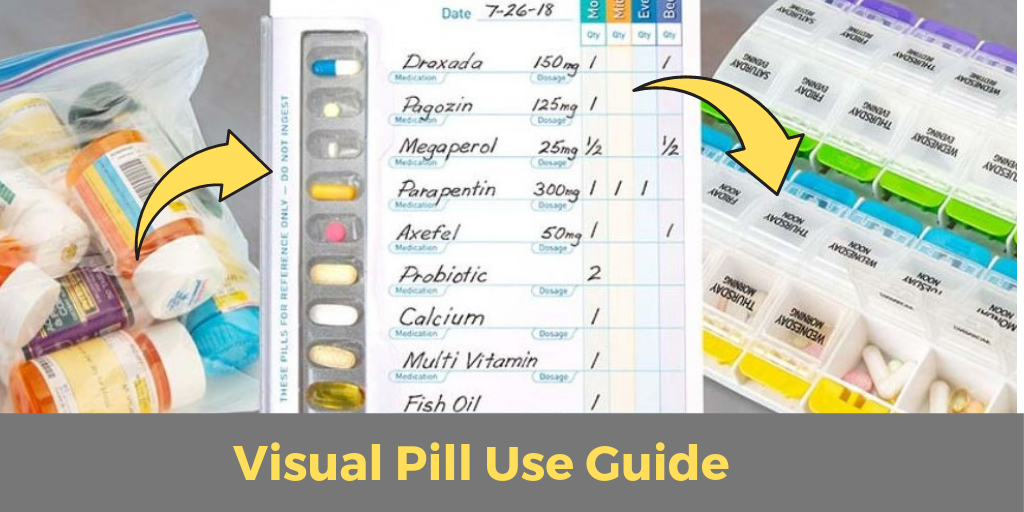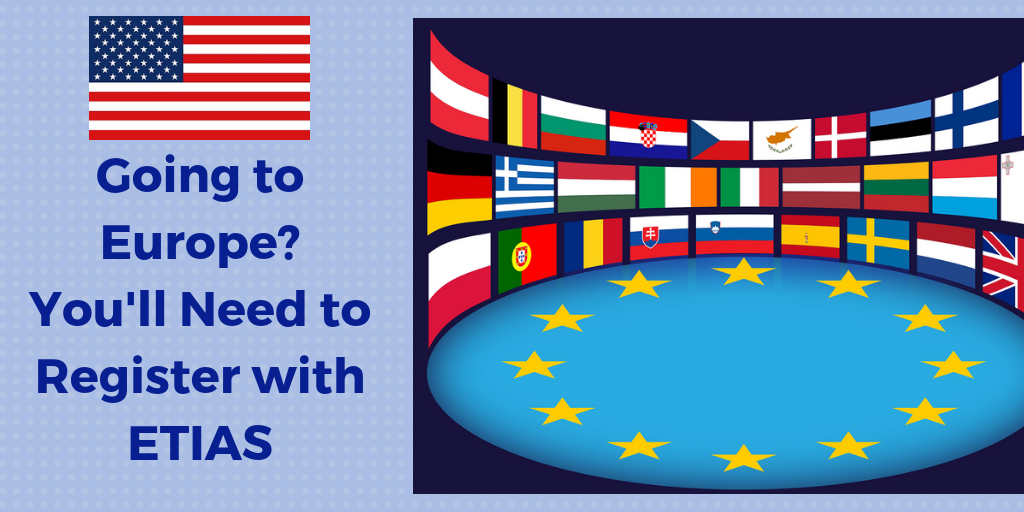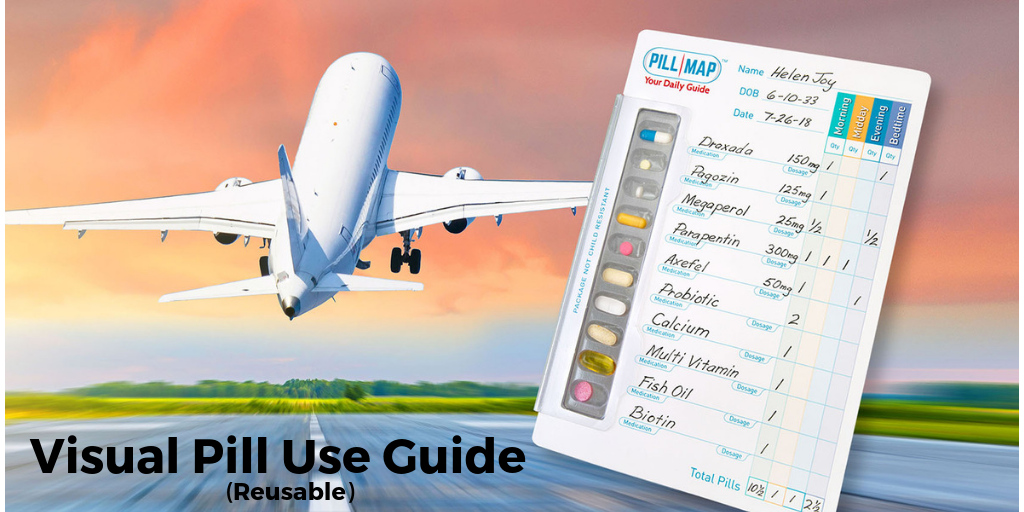Sleeping onboard an aircraft is tough but following the advice of seasoned travelers on how to sleep on a plane is a good start to getting the rest you crave. Selecting the right seat can make a difference, some seats are better than others if you want to sleep. Read on to learn how to avoid noisy passengers and other annoyances of a red-eye flight. These are the top hints we found to ensure you get rest while en route.
1. Book Your Flight Just Right
The first choice is to pick a nonstop flight. If you must have a connection try to break it up into a long and short leg rather than two legs of the same length. You’ll have more time for uninterrupted sleep on the longer leg.
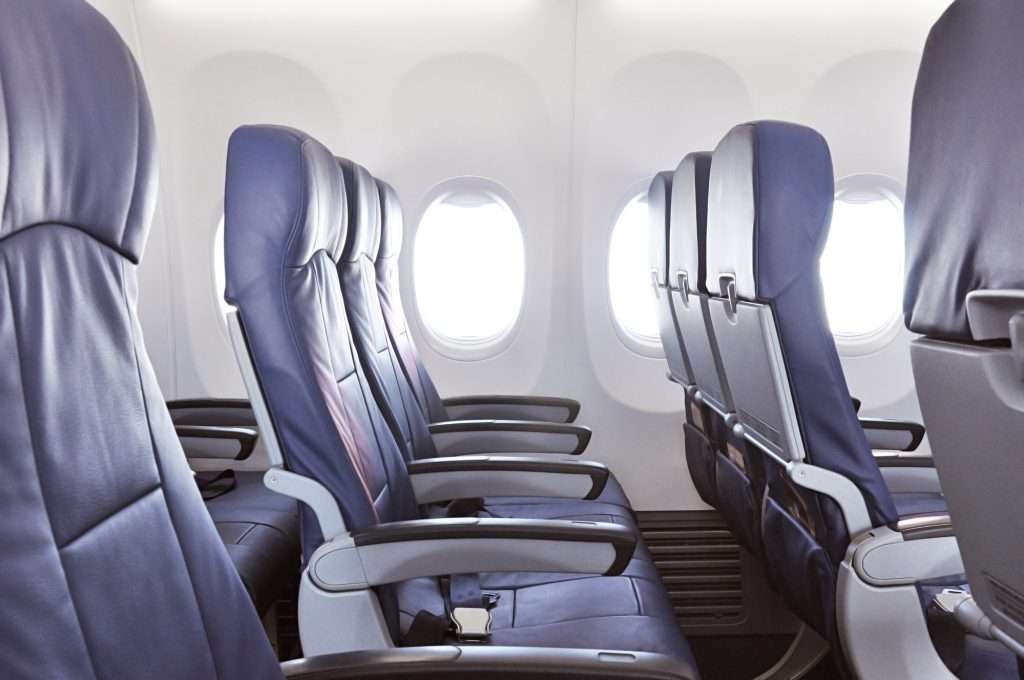
Regular airplane seats don’t recline much, you’ll need a few tricks to get the sleep you crave. Read on
2. Select Your Seat Wisely
Choose a window seat for less interruption from seatmates who need to pass in front of you as they make their way to the aisle. If you sleep on your right side choose a seat on the right side of the plane. That way, when you turn, you’ll be facing the window, not the traveler in the seat next to you. Same idea if you sleep on your left side, select a seat on the left side of the plane to maximize privacy. Back sleepers on either side of the aircraft are fine. For maximum quiet, try to select a seat not directly across from the galley or near the lavatories.
When looking at the seat map, pay attention to whether the bulkhead or exit row seats that offer more legroom also recline. Many do not. Pass on the legroom they offer and opt for a seat that reclines. A reclining seat with less legroom is better for sleeping than a seat that doesn’t recline and offers more legroom.
3. Dress for Comfort and Sleep
Wear loose clothing for comfort. If you have to arrive wearing business attire, pack it in your carry-on and change just prior to arrival; you’ll look fresher. We recommend bringing a large wrap or shawl; it can act as a blanket (do this even in the summer when air conditioning can be particularly strong and uncomfortable), plus it looks fashionable draped around your neck. Men should opt for loose or stretchy pants. Many jeans today are made with a hint of lycra for comfort.
4. Bring Your Own Pillow
Airlines don’t have enough pillows on board for everyone, and the style they offer is not necessarily the best for sleeping while sitting upright. Fortunately, there are several styles of travel pillows designed especially for sleeping on board, so you’re sure to find one that’ll give you the support and comfort you need for sleeping in an airplane seat. We like inflatable neck pillows that help keep your head from flopping over to one side or onto your chest. If you’re concerned about the bulkiness of bringing your own pillow, select an inflatable one you only blow up when flying and then deflate to store in your carry-on bag.
5. Stay Warm
Cabin temps can fluctuate and you won’t be able to sleep if you’re cold, so bring your own blanket. The blankets on-board have usually been used by previous passengers and may be of questionable cleanliness. If you board late you may miss out on finding one altogether. This clever blanket rolls up to about the size of a soda can and can be stowed in your carry-on bag.
6. Use an Anti-Jet Lag Remedy
A homeopathic version (non-drug) is safe and yes, it really works. Avoid alcohol. Even if wine can make you sleepy while you’re earth-bound, in an aircraft it accelerates dehydration. You will only need this if you’re passing through multiple time zones and primarily going overseas.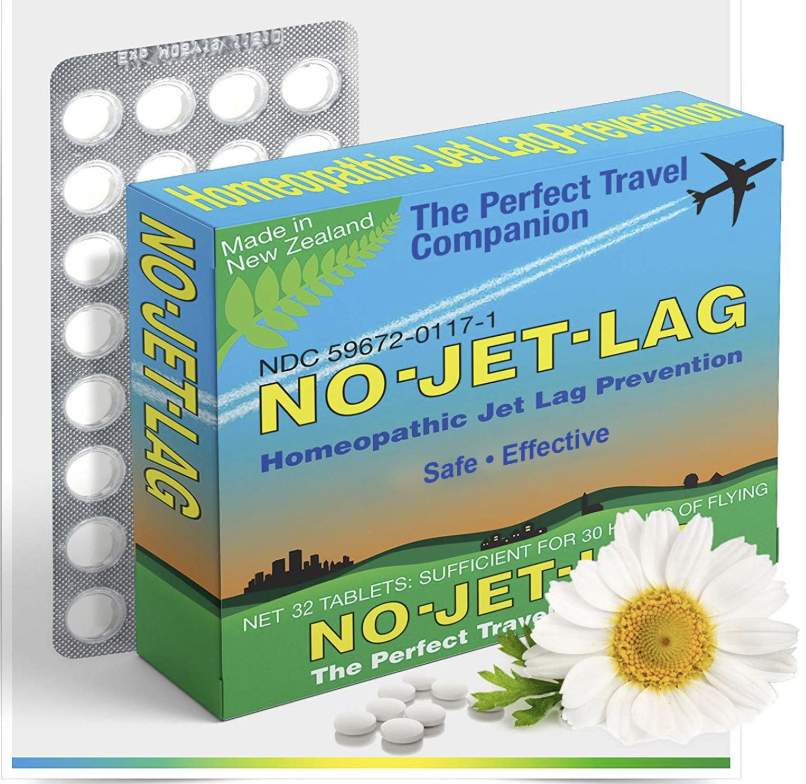
7. Try a Sleep Aid
There are several over-the-counter options for you to consider to help you sleep on a flight. Dramamine, which helps with motion sickness can make you drowsy. Unisom and ZzzQuil are designed to help with insomnia so can help you sleep on a flight. Melatonin is a hormone. Discuss these sleep aids with your doctor for advice on which is best for you. Hint: Store your sleep aid in your toiletry bag at home so you don’t forget to pack it.
8. Block-out Noise
There are several alternatives for getting for blocking out sound. Earplugs are a good way to block-out unwanted noise, they’re small and inexpensive. If you like soothing music, make sure you pack your earbuds and phone/iPod. Noise-canceling headphones are a great investment for quiet on board too. The idea is to re-create the sleeping environment you enjoy when not flying. If you get earaches while flying due to the change in cabin pressure, you will need pressure reducing ear filters, they are different from noise-blocking earplugs!
Hint: Before you buy earplugs, try out your earbuds or AirPods with the block noise setting. They may work for you.
9. Stop the Light
Light, like noise, is a sleep disrupter. The sudden opening of a window shade or the flashing light of a screen, whether it is a seatback screen or a seatmate’s laptop, can disrupt your slumber. The solution is an eye mask. Find one formed with contours. The contour feature is a little formed cavity so your eyelids won’t touch the mask. The bonus for women is that this style doesn’t smear makeup. So you won’t wake up looking like a raccoon.
10. Buckle Up
To avoid being disturbed by the flight attendants during their safety checks make sure your seat belt is secured and visible (over the blanket.) That way, the cabin attendants will pass you by.
Try out all or several of these suggestions for sleeping on a plane. A little pre-flight preparation can make your next flight pass quickly as you sleep peacefully and arrive refreshed at your destination.



